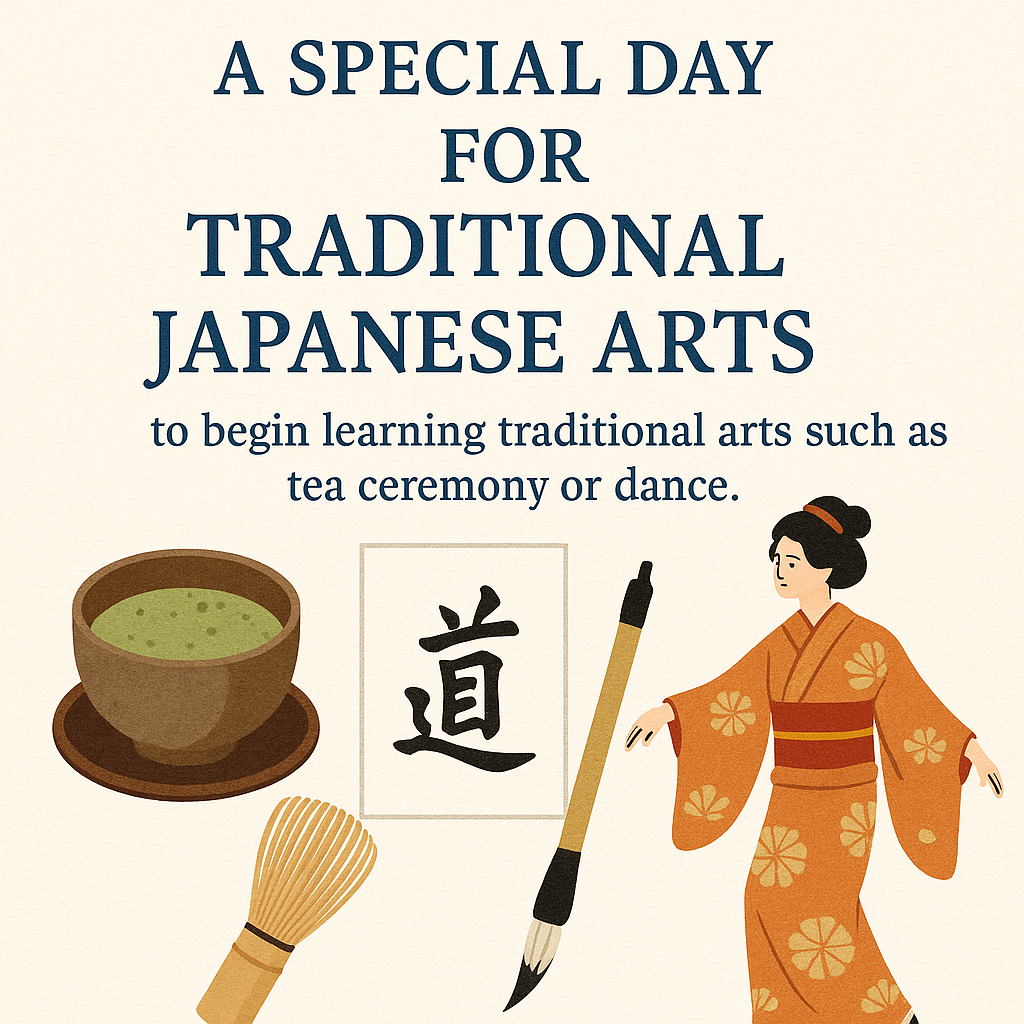Did you know that in Japan, June 6th is considered a lucky day to begin learning traditional arts such as tea ceremony, calligraphy, or dance?
This custom is rooted in centuries of Japanese culture and reflects the country’s deep respect for discipline, aesthetics, and spiritual growth through practice.
🎎 The Meaning Behind the Number 6
According to an old Japanese saying, “Start learning arts at the age of six, on the sixth day of the sixth month.”It’s believed that on this day, a child’s fingers form the perfect gesture for holding a brush or performing a graceful movement — a small symbolic step toward mastering an art form.

🖌️ What Are “Geigoto”?
In Japanese, “Geigoto” (芸事) refers to traditional performing and cultural arts — from ikebana (flower arranging) to shamisen (three-stringed music), and more.
These arts are not just hobbies. They are seen as spiritual paths, each with centuries of history, rules (“kata”), and the pursuit of inner harmony.
🌱 A Philosophy of Mastery: Shuhari
Japanese arts often follow a path called “Shuhari”:
Shu (守): Learn and obey the forms
Ha (破): Break the forms
Ri (離): Transcend the forms
This philosophy teaches patience, discipline, and eventually, creative freedom — values that are deeply embedded in Japanese tradition.

🍵 Final Thought:
Whether you’re interested in Japanese tea ceremony, brush painting, or just the idea of mindful practice — June 6th is a symbolic day to begin your own journey into Japanese culture.
Why not try learning something new today?




